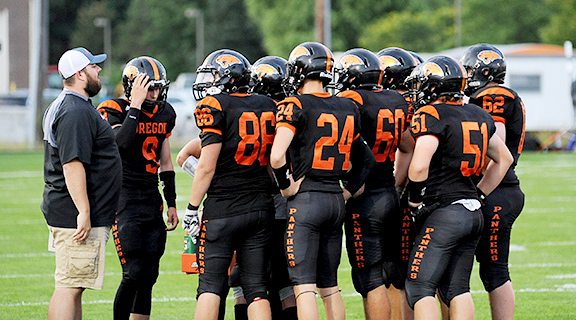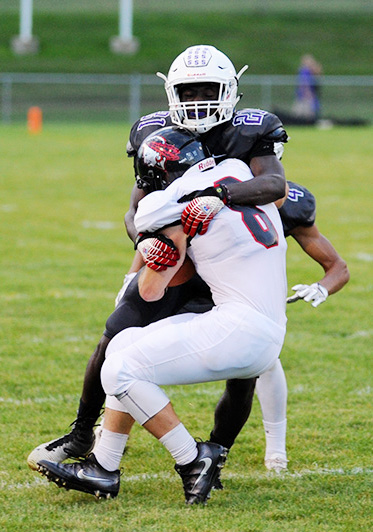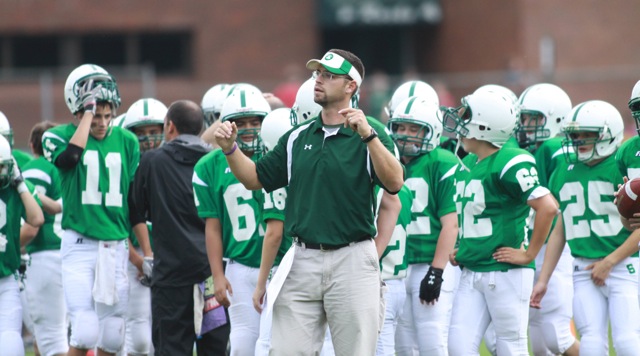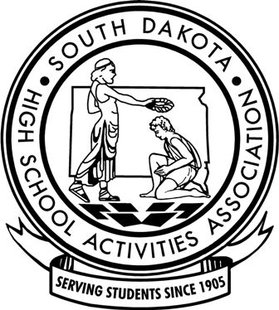A.D.ministration: Alleviating concerns over football safety

Concerns over safety and concussions may contribute to the decline in football participation. The issue of concussions and their long-range effects cannot or should not be easily dismissed. It’s an important topic for parents and athletes, and it should be.
While risks do exist, there have been significant advancements and initiatives over the last few years to lessen the impact of concussions. A greater level of understanding exists, and better recognition, protocols and treatments make the game safer. There also were developments in terms of equipment, including helmets and instructional efforts for coaches providing the safest techniques for blocking and tackling.
Athletic administrators and coaches may need to provide information about these advancements to help alleviate some of the safety concerns. Here are some of the main areas athletic directors should cover to educate parents and athletes.
1. Start early.
Begin your educational campaign to parents as early as possible, meaning before their child enters high school. Athletes and families start thinking about participation in middle school. If they have concerns, this is the time to provide the most up-to-date developments so they are in a better position to make a decision.
2. Schedule informational meetings.
Use every method and vehicle at your disposal. If you can schedule an orientation session with middle school parents, this is a great start. Use these meetings to provide facts and details. Schools can post articles and links on their websites concerning the latest research. Make a presentation at a parent-teacher association meeting, and involve your athletic trainer to help answer questions and provide accurate information.
» RELATED: The debate over football safety it not going away
Consider putting together a pamphlet for distribution or for reference during one-on-one conversations. It’s vital to share pertinent details, research and steps your school takes to make participation as safe as possible. This effort must be comprehensive.
3. Describe equipment standards.
Provide details concerning equipment safety that most parents would not know, such as the fact that helmets are annually reconditioned. When new helmets are purchased, they have to meet standards set by the National Operating Committee on Standards for Athletic Equipment. This step ensures that your players always have the best and safest equipment possible.
Remind everyone that coaches are trained to properly fit helmets and other protective equipment. This is another vital step to improve safety.
4. Require safety courses.
Ask that your coaches .complete the USA Football Heads Up courses. This program provides proper techniques in how to safely block and tackle an opponent, prevent heat illnesses, and fit protective equipment. By teaching these fundamentals, risks decrease and it demonstrates that you and your staff are committed to safety. Advertise that your coaches have taken these courses and are certified.
5. Re-certify regularly.
Insist that coaches annually .retake the NFHS Concussion in Sports Course. While many states only require individuals to complete this course before they begin coaching football, coaches should refresh their understanding every year. Since this course is free, online and only takes 25 minutes to complete, coaches should have no trouble with this requirement.
Strongly suggest that parents also take this course, and ask that athletes complete the Concussion for Students course. This helps them to grasp the dynamics of a concussion, the treatment and return-to-play protocols. A better understanding by everyone is a big step toward improving safety.
6. Explore professional development opportunities.
Have coaches seek out other professional courses and opportunities to stay current on all safety developments. For example, prioritize the NFHS Heat Illness Prevention and Sudden Cardiac Arrest courses. Set aside gate receipts to cover the minimal costs. Ongoing education is essential, especially as new research and innovations improve the game.
» STUDY: Tackle football should wait until high school
While most coaches like to attend clinics to learn new drills and strategies, it’s also necessary they attend conferences and workshops to gain knowledge in other areas. Your athletic staff should learn more about nutrition, hydration, conditioning, supervision techniques, and other health and safety standards. Make the parents aware of these efforts to alleviate any concerns about knowledge and expertise of the school’s staff.
7. Introduce the AT.
 Ask the athletic trainer to meet .with parents and explain their role in the prevention, recognition, treatment and rehabilitation of injuries. There should be reporting procedures in place, and parents should be aware of how they’re notified in the event of an injury. Explain this to parents.
Ask the athletic trainer to meet .with parents and explain their role in the prevention, recognition, treatment and rehabilitation of injuries. There should be reporting procedures in place, and parents should be aware of how they’re notified in the event of an injury. Explain this to parents.
If you don’t have an athletic trainer at your school, explain how everything is managed when it comes to injuries. In most cases, coaches are trained and certified to provide immediate first-aid and treatment, and there should be emergency guidelines for handling all contingencies. Make sure mom and dad understand that while prevention is the priority, you have a well-developed plan if injuries do occur.
Remind parents and athletes that there are risks with playing any sport. While there are developments and initiatives to help ensure safety, it’s impossible to keep everyone injury-free. But, if schools take concrete, proactive steps to purchase the proper equipment and train coaches, those efforts must be shared with everyone involved.
While you may not alleviate the fear of all parents, a committed athletic administrator can do a great deal by extending some effort. Consider these all necessary steps to improve understanding and maintain support for your football program.
David Hoch, CMAA, has 16 years of experience as a high school athletic director and served for 12 years as the executive director of the Maryland State Coaches Association. In 2000, he was named Athletic Director of the Year by the Maryland State Athletic Directors Association. His column, A.D.ministration, focuses on issues in athletic administration and appears regularly in Coach & Athletic Director magazine.





